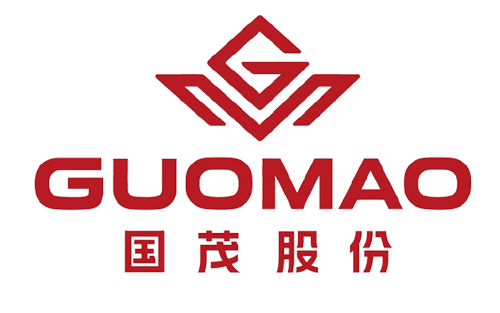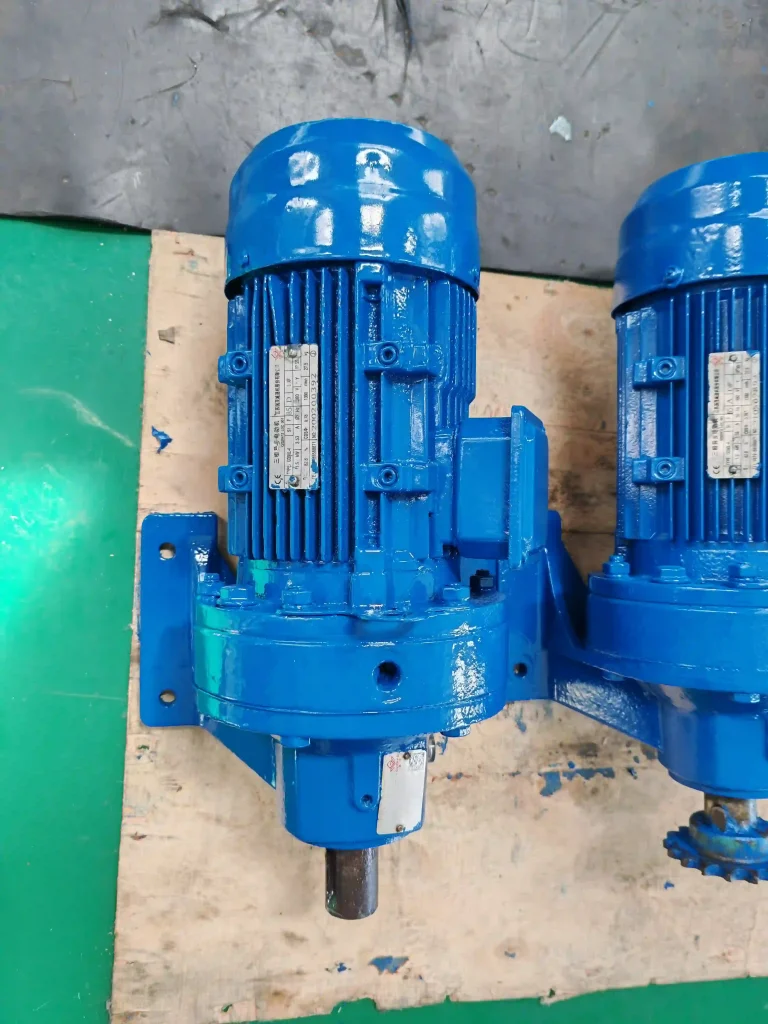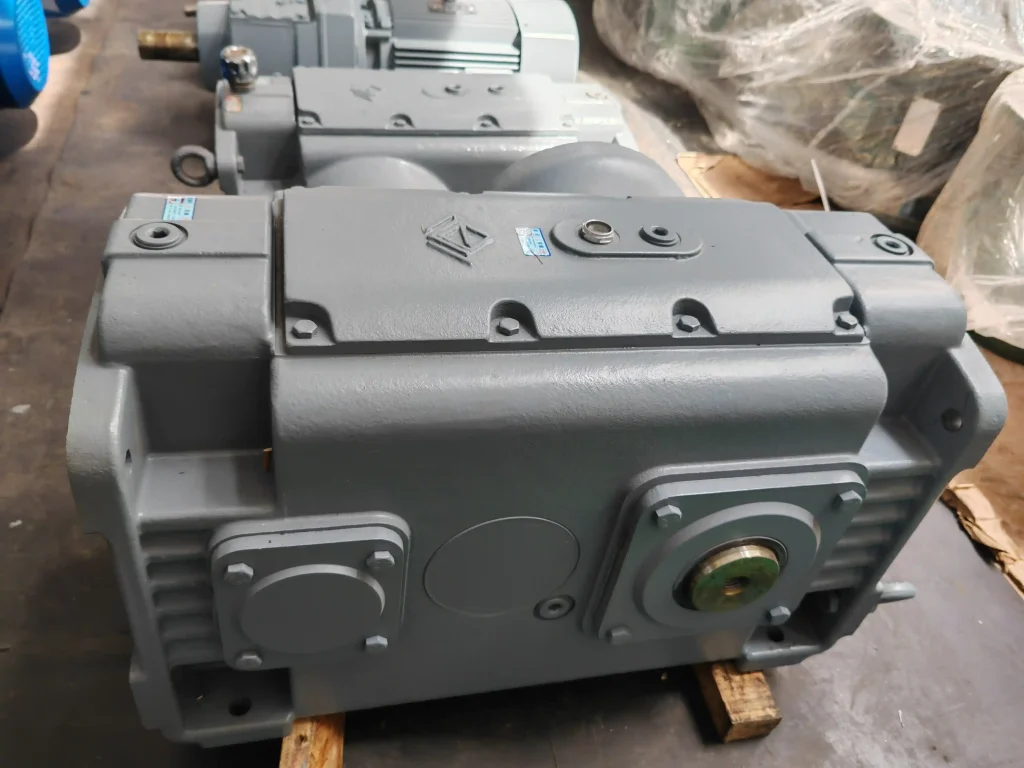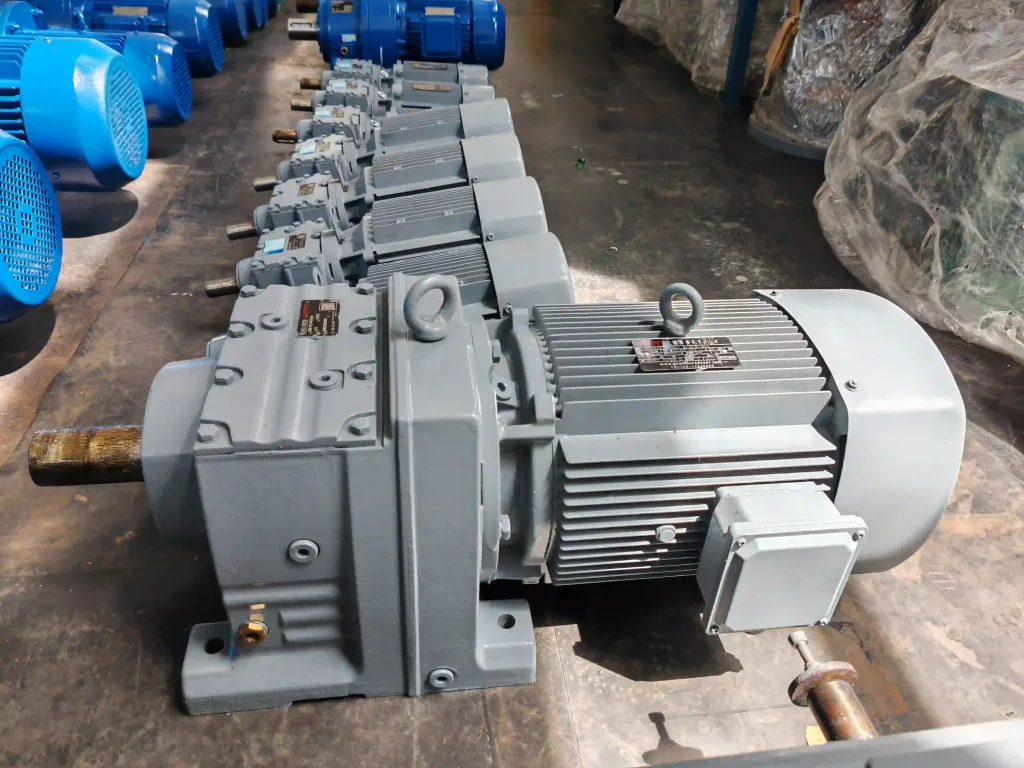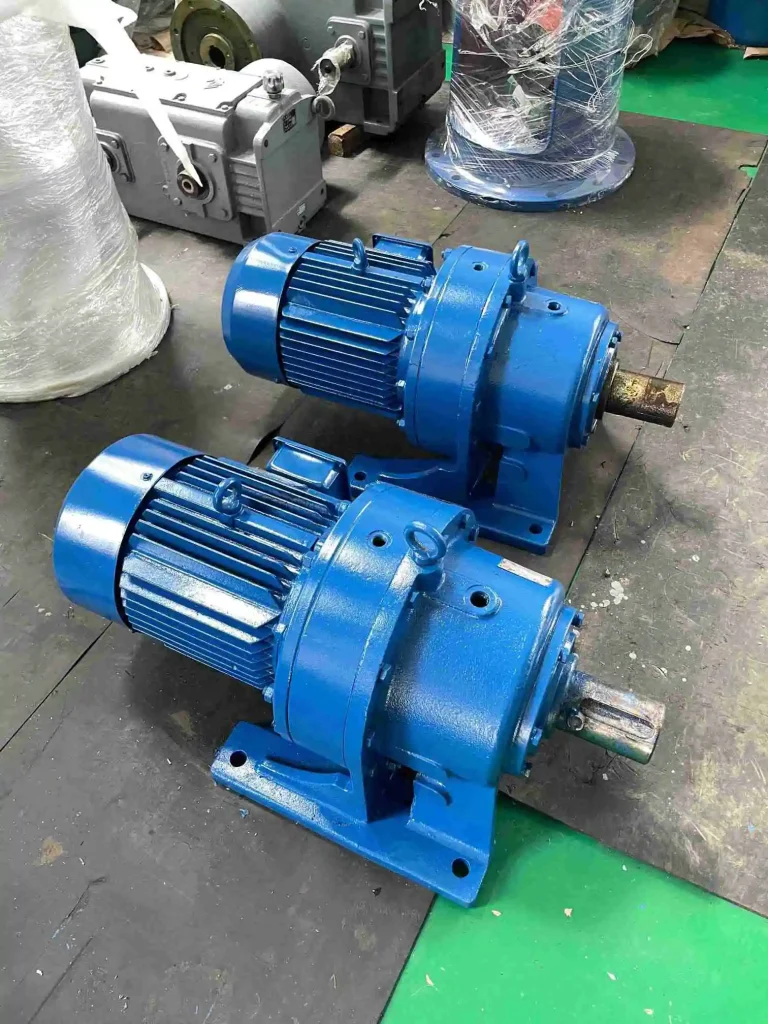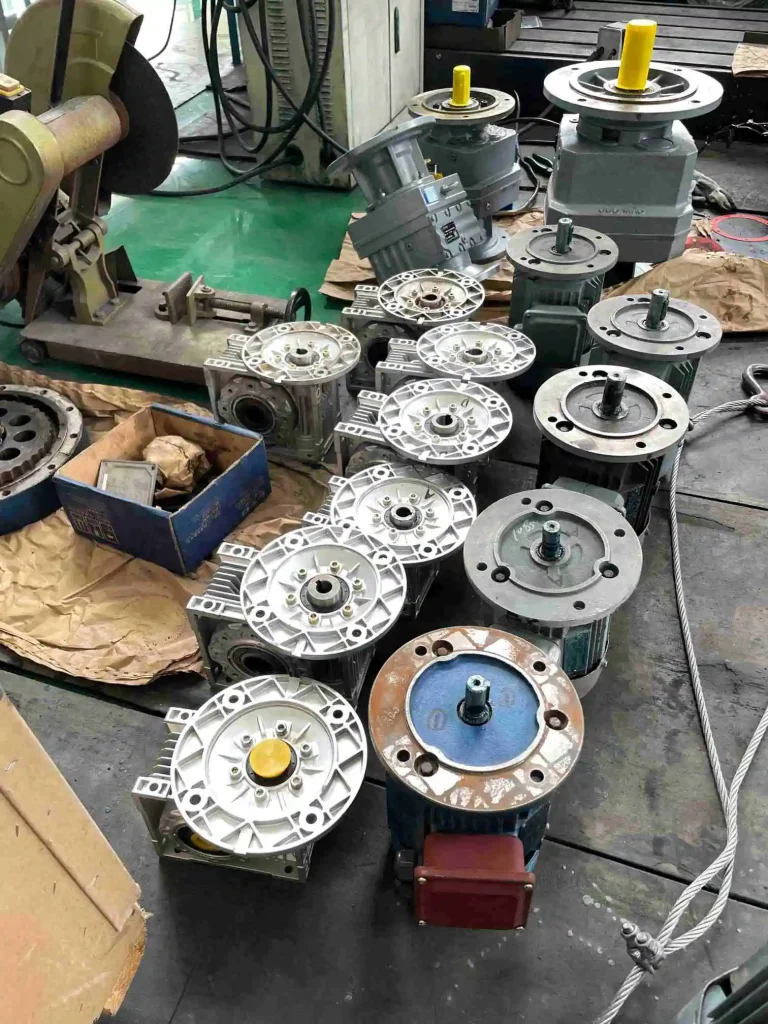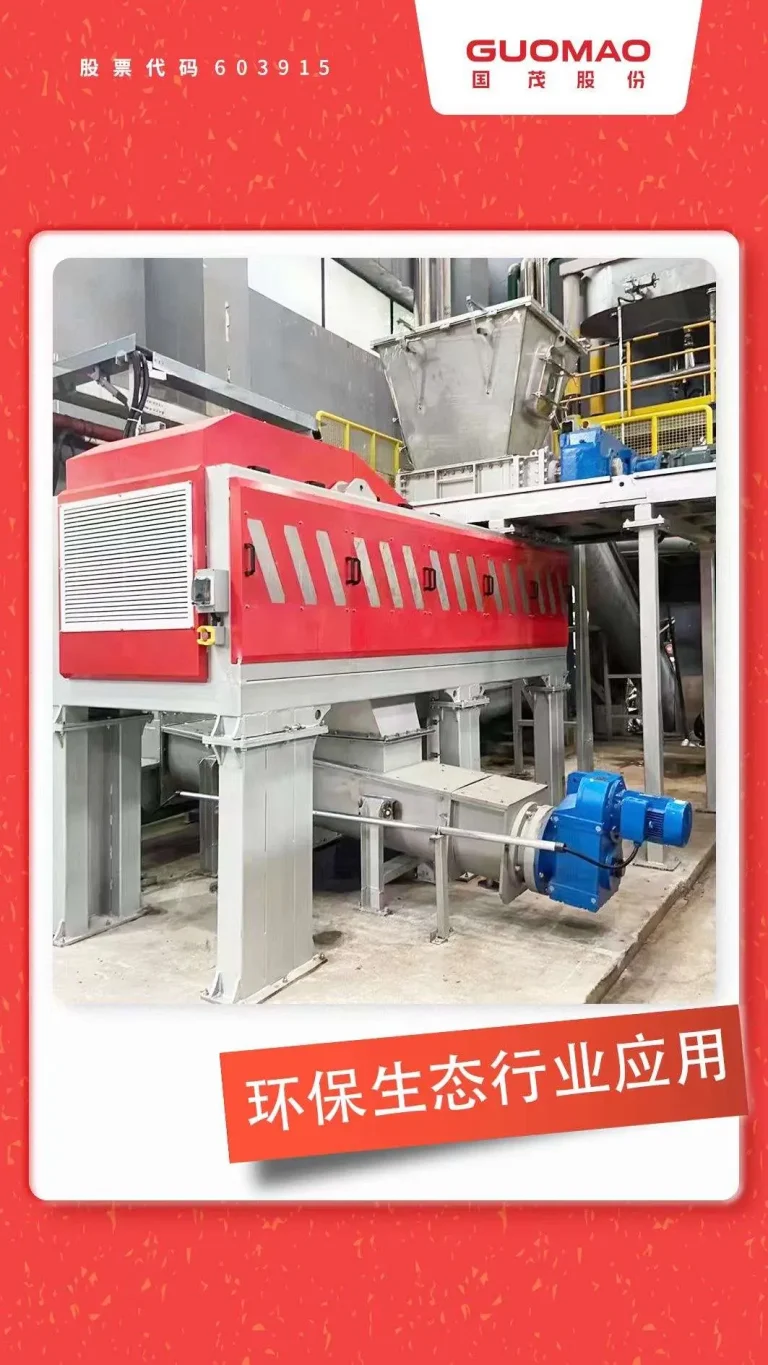行星齿轮传动在许多机器中都是非常重要的部件。它们能够非常平稳地移动动力,使机器工作得更好。这些齿轮装置很小,可以提供大量的扭矩,并很好地分担负载。这使得它们非常适合制作出色的设备。在国贸,我们;我们擅长制造精密行星减速器等整洁的齿轮解决方案, 摆线齿轮减速器,以及工程机械行星齿轮箱。本文着眼于这些齿轮传动如何帮助机器发光。它还展示了国贸是如何;s的产品提高了各种行业的效率、可靠性和功率流。
什么是行星齿轮传动?
行星齿轮传动,有时也称为行星齿轮箱,是一种齿轮装置,其中一堆齿轮围绕主太阳轮旋转。这些系统有很多很酷的好处。他们’;体积小,扭矩大,负载均匀分布。行星式设计节约能源,减少浪费。这使得它们非常适合各种机器任务。
行星齿轮传动的核心优势
行星齿轮传动的酷炫设计带来了巨大的胜利。以下是他们的一些主要原因:;非常适合机器作业:
紧凑型设计中的高扭矩密度
行星齿轮传动在小尺寸下提供大扭矩方面表现出色。与需要大而重的箱子的旧齿轮系统不同,这些齿轮系统在更小的空间内做得相同或更好。这非常适合空间狭小但需要强大扭矩的地方。
增强的负载分布和耐用性
这些齿轮传动装置可以承载重物。负载在太阳齿轮、行星齿轮和齿圈上分配。这降低了任何单个齿轮的应力。它使系统寿命更长,减少了磨损。所以,你在修复上的花费更少。
卓越的效率和减少的能量损失
由于其简洁的设计,行星齿轮传动运行得非常好。它们在许多齿轮上分担负载。这减少了摩擦,提高了系统的工作效率。您使用更少的电力,从而节省了运营成本。
跨各种应用程序的多功能性
行星齿轮传动非常灵活。它们适合小型、快速的机器和大型、重型的齿轮。从小型设备到大型工厂工具,这些齿轮几乎适用于任何需要平稳动力的工作。
行星齿轮传动的常见应用
行星齿轮传动出现在众多行业中。您’;我们将在机器人、自动化、工厂机器和绿色能源中看到它们。以下是一些主要用途:
机器人与自动化
在机器人技术中,这些齿轮传动装置提供了移动零件和完成工作所需的精度和扭矩。他们’;它们体积小,节能。它们可以处理大负载,这在空间不足、性能要求很高的情况下非常重要。
电动汽车和电动自行车
行星齿轮传动用于电动汽车(EV)和电动自行车。它们以微小的尺寸提供强大的扭矩。这些系统有助于加速和减速。它们还可以节省电力,使电池寿命更长。
工业机械和输送机
这些齿轮传动在工厂里很常见,比如输送机、起重机和重型机器。它们在保持小扭矩的同时提供大扭矩。这使得它们非常适合需要强大性能的紧张点。
电动工具和手持设备
许多电动工具和手持设备都使用行星齿轮传动。它们以小巧轻便的包装提供大扭矩。这些齿轮非常适合需要大量动力的钻头、锯子和磨床等工具。
根据您的需求选择合适的行星齿轮传动
选择正确的行星齿轮传动是获得最佳性能的关键。国茂有一堆为不同行业生产的产品。这里’;这是需要考虑的问题:
齿轮比和尺寸的关键考虑因素
行星齿轮传动的齿轮尺寸和传动比是决定其速度和扭矩的最重要参数,因此为您的特定应用选择最佳配置至关重要。正确的传动比需要确保机器以任务所需的最有效功率和效率运行。国贸’;s 精密行星减速器 提供多种配置以满足不同的要求,从重型使用或高扭矩到精细控制精细工作。凭借其多样化的设计,这些减速器为各种行业提供了出色的性能,无论应用如何,都能提供信心和效率。
材料选择和环境因素
齿轮传动中使用的材料对于决定齿轮传动是否能够满足工作需求至关重要。对于重型设备,需要非常坚固的材料来处理高应力和负载。在肮脏的环境中,需要耐磨和耐腐蚀的材料来适应齿轮的长期性能。国茂的产品,如 工程机械行星减速机,采用耐用、高质量的材料设计,即使在最恶劣的情况下也能应对。这种高质量的材料使齿轮传动装置即使在极端或恶劣的条件下也能平稳高效地运行,具有较长的寿命和稳定的性能。
维护和寿命预期
行星齿轮传动装置经久耐用,但仍需要一点保养。选择那些不这样做的;不需要太多的维护来节省时间和金钱。国贸’;s的产品设计成不需要太多的维修。这使你的装备多年来一直保持强劲。
常见问题解答
Q: 行星齿轮传动的主要功能是什么?
A: 行星齿轮传动的主要工作是在小而高效的设计中提供强大的扭矩。这些系统非常适合空间紧张但需要出色性能的任务。
Q: 行星齿轮传动与其他齿轮系统相比如何?
A: 行星齿轮传动比大多数齿轮系统具有更好的扭矩、效率和负载分配。他们’;它们更小,可以处理更大的负载,这对于艰巨的任务来说非常棒。
Q: 行星齿轮传动在哪些行业最常用?
A: 您’;我们会在机器人、汽车、工厂机器、电动汽车和电动工具中找到它们。
Q: 行星齿轮传动的维护要求是什么?
A: 他们没有;不需要太小心,但你应该定期检查和润滑。国贸’;s的产品需要更少的维护,使用寿命更长。
Q: 如何为我的应用选择合适的行星齿轮传动?

